Unlock the Solar System with These Stellar Picks
If you’ve ever looked up at the night sky and wondered what Saturn’s rings or Jupiter’s moons really look like up close, the right telescope can bring those wonders into focus. Planetary observation doesn’t require the most expensive gear—but you do need clarity, magnification, and a solid mount. Here are the best telescopes for viewing planets and moons, especially for amateur astronomers and dedicated stargazers.
1. Celestron NexStar 6SE
- Type: Schmidt-Cassegrain
- Why it’s great: Combines portability with high magnification. The computerized mount makes finding planets a breeze.
- Best for: Beginners and intermediates wanting easy setup and powerful optics.
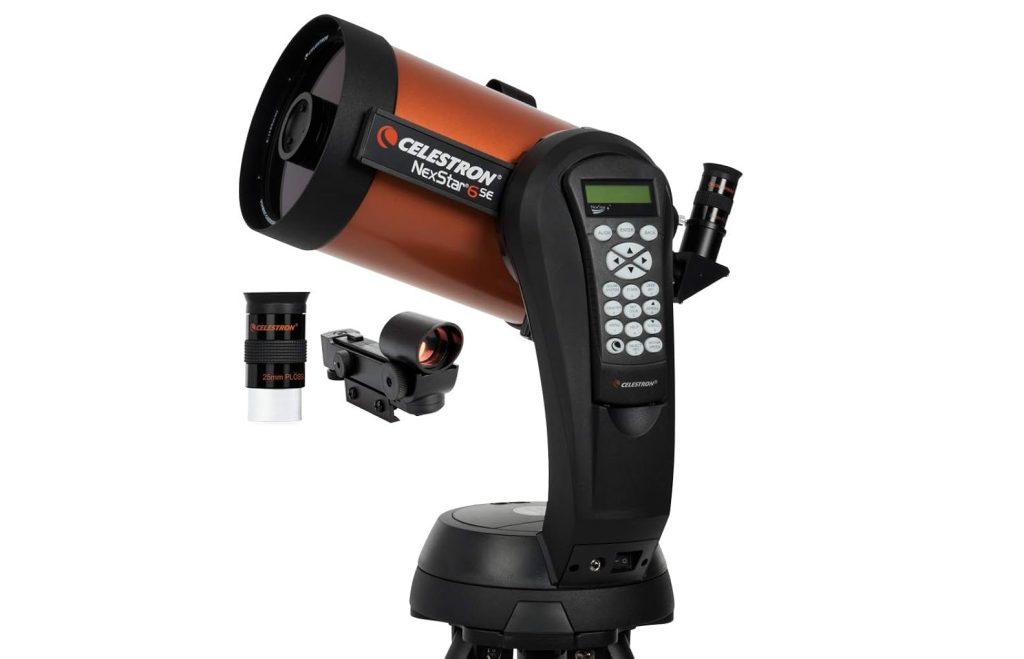
2. Sky-Watcher SkyMax 127
- Type: Maksutov-Cassegrain
- Why it’s great: Compact design with impressive planetary detail and contrast.
- Best for: Planetary enthusiasts with limited space.

3. Orion SkyQuest XT8 Dobsonian
- Type: Reflector
- Why it’s great: Large 8″ aperture delivers sharp, bright views of Saturn, Jupiter, and the Moon.
- Best for: Backyard observers who want performance without tech complexity.
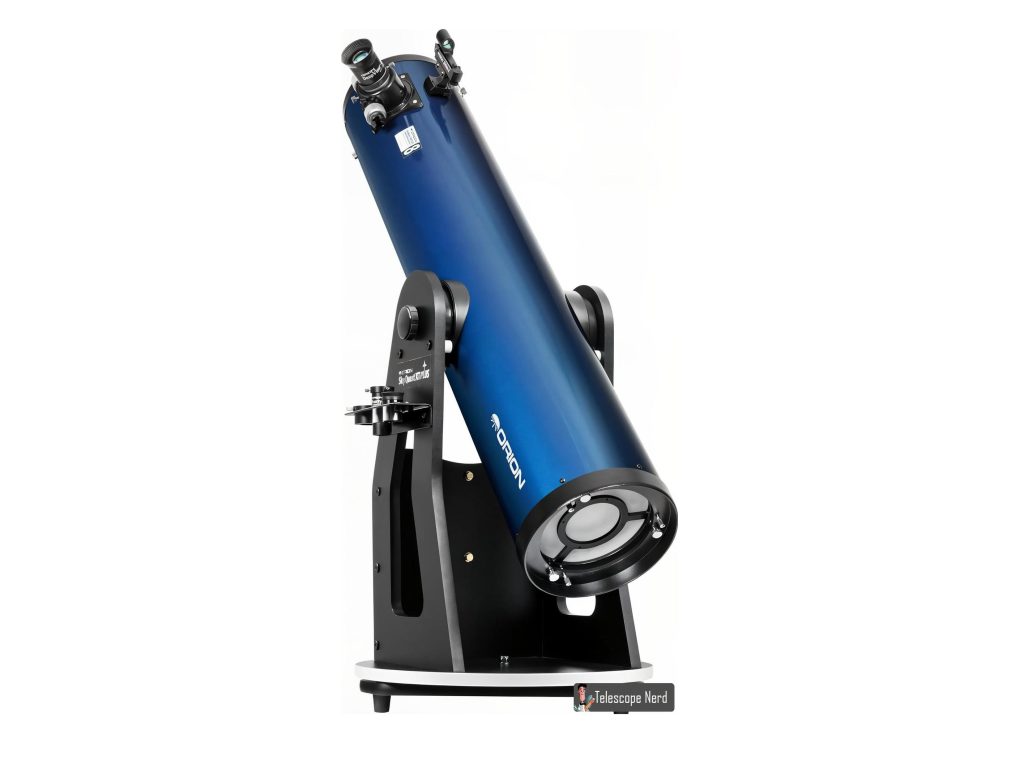
4. Celestron AstroMaster 70AZ
- Type: Refractor
- Why it’s great: Affordable, beginner-friendly, and ideal for viewing the Moon and bright planets.
- Best for: Entry-level users and kids.

5. Meade Instruments Polaris 130EQ
- Type: Reflector
- Why it’s great: Strong magnification potential and solid equatorial mount.
- Best for: Beginners learning to manually track objects.
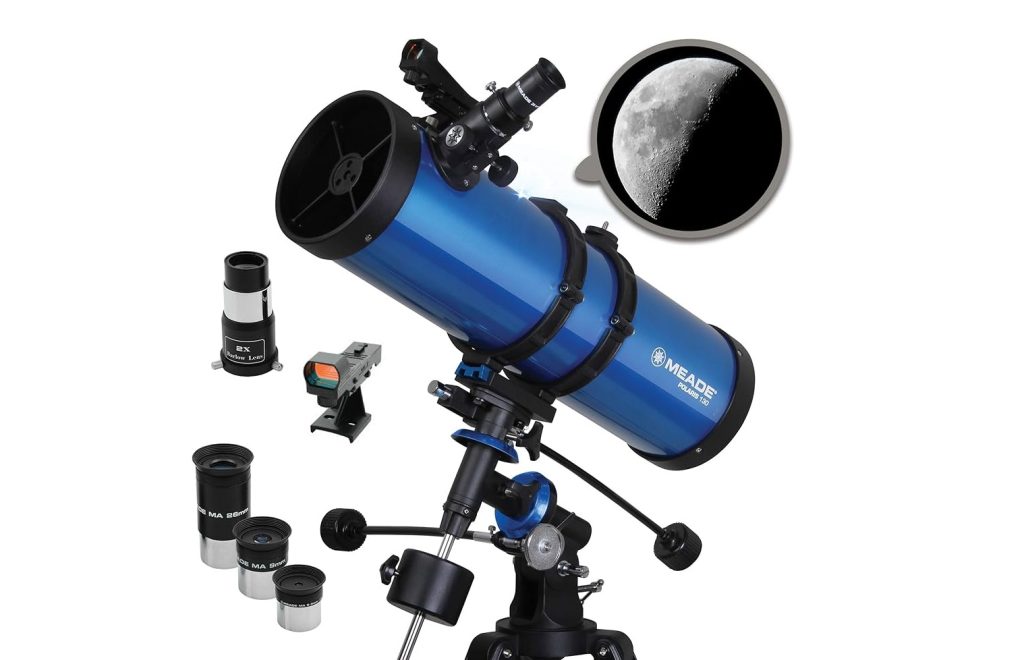
6. Sky-Watcher Evostar 90 AZ3
- Type: Refractor
- Why it’s great: Excellent optical quality for observing surface detail on planets and lunar features.
- Best for: Intermediate users who prefer manual control.
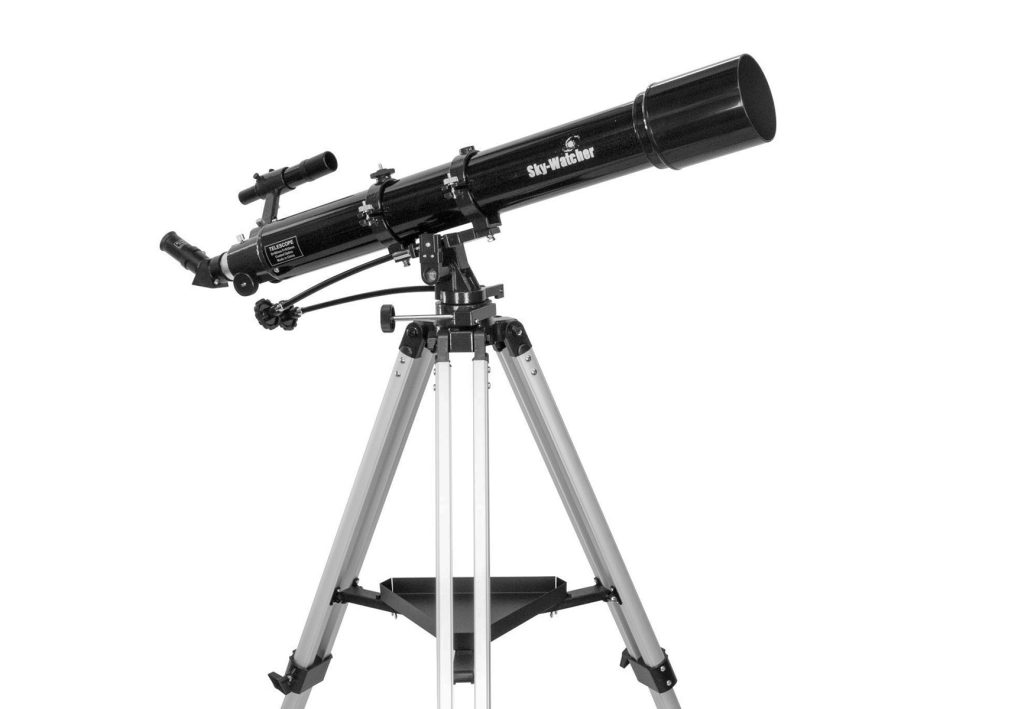
7. Zhumell Z130 Portable Reflector
- Type: Reflector
- Why it’s great: Budget-friendly and surprisingly sharp views of the Moon and gas giants.
- Best for: Beginners looking for value and portability.
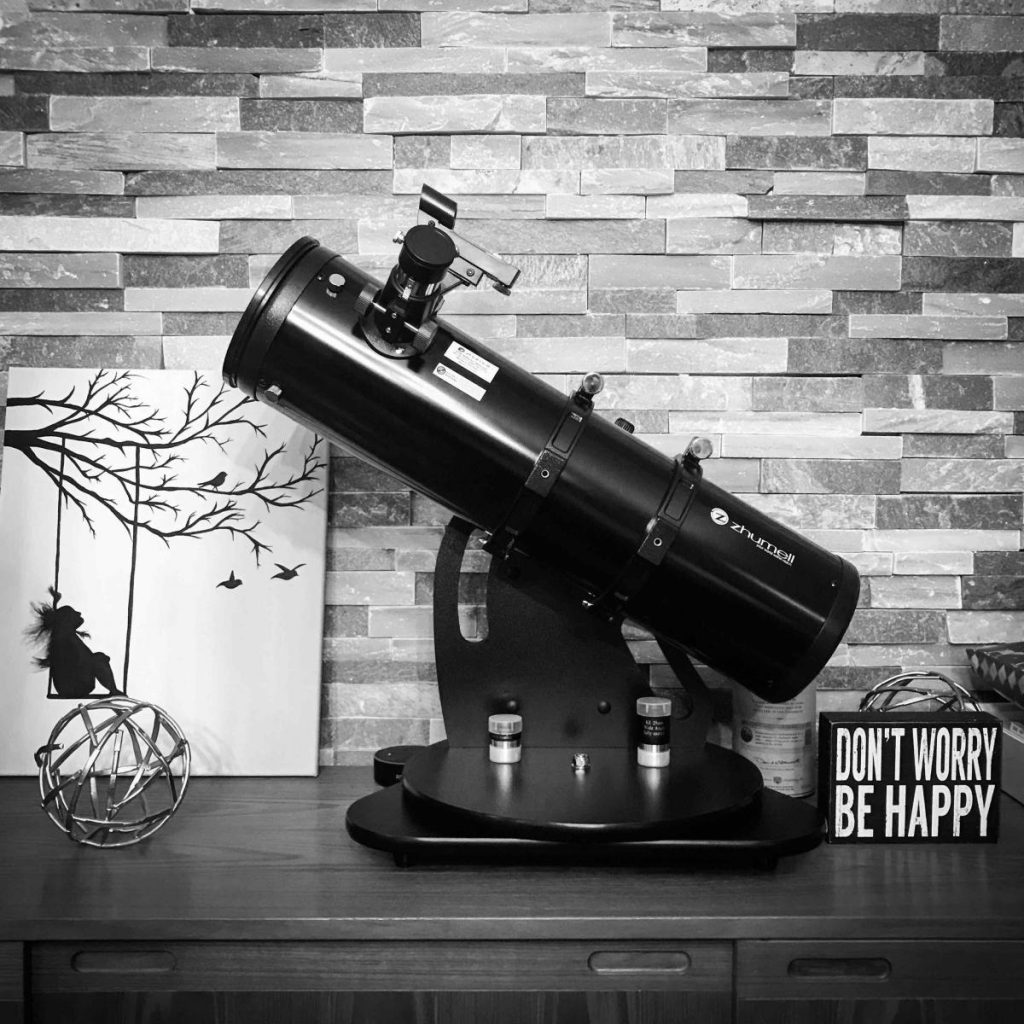
What to Look for in a Planetary Telescope
- Aperture: Bigger isn’t always better, but an aperture of 90mm or more helps capture more light and detail.
- Focal Length: A longer focal length gives higher magnification, ideal for planets.
- Mount Stability: A steady mount prevents shake during high magnification.
- Ease of Use: For beginners, a manual or computerized mount makes a big difference.
Conclusion
Exploring our solar system through a telescope is both thrilling and educational. Whether you’re chasing the shadows on the Moon or waiting for Jupiter’s Great Red Spot to rotate into view, these telescopes will help you get closer to the celestial action.

